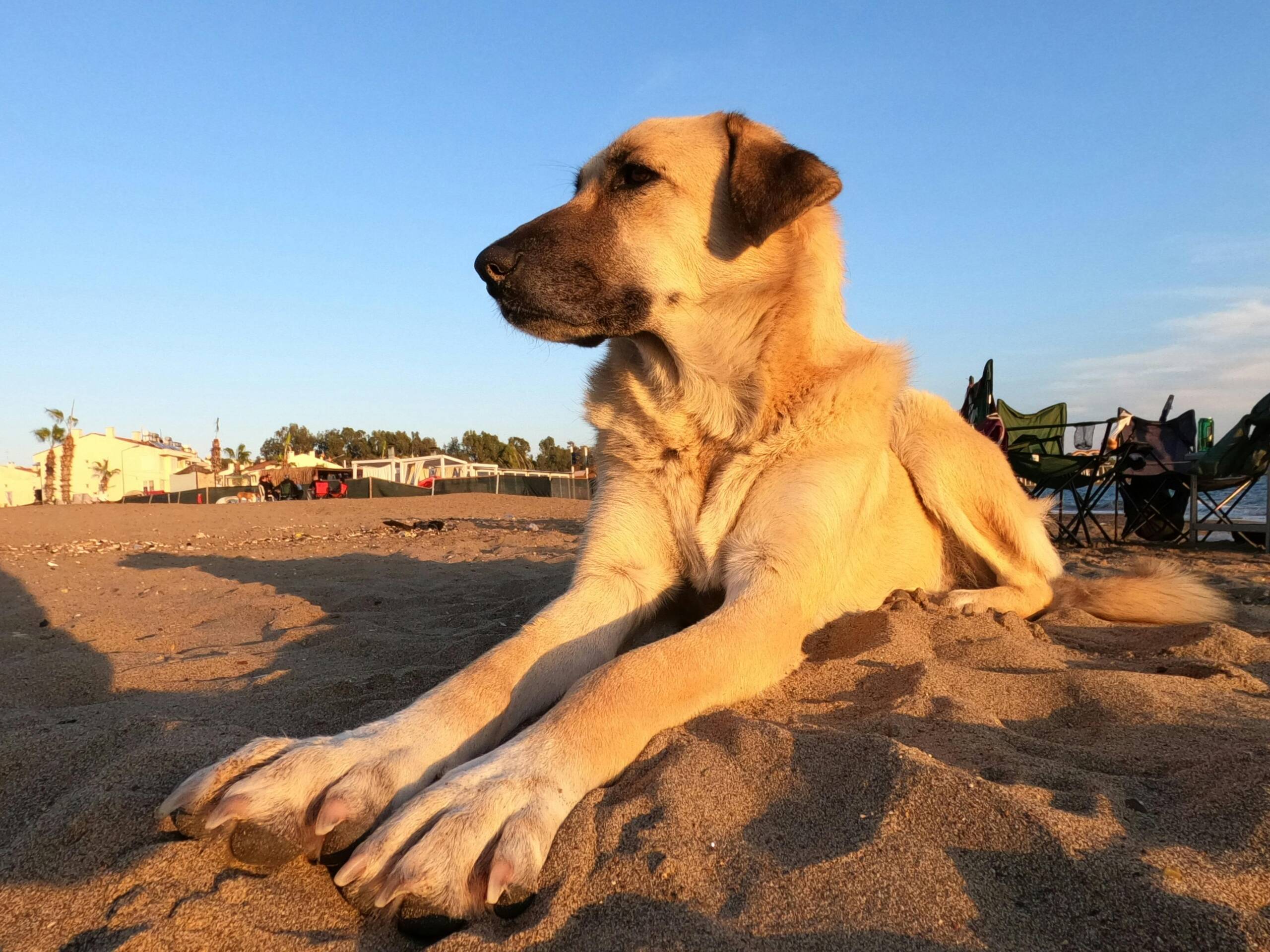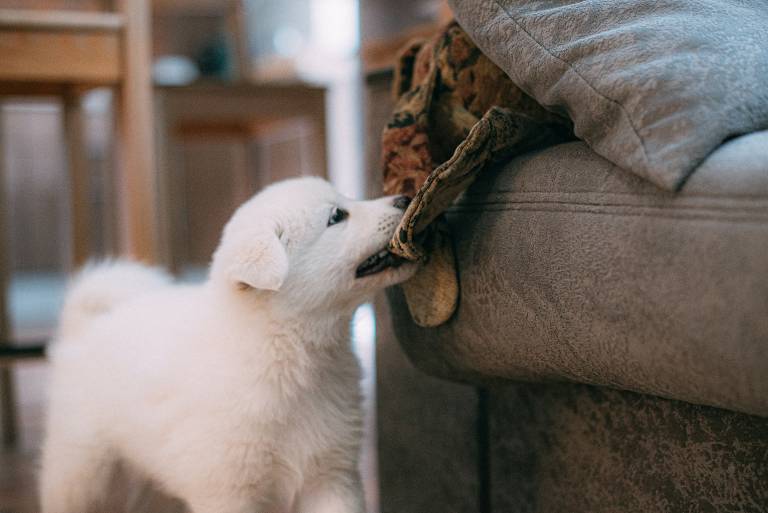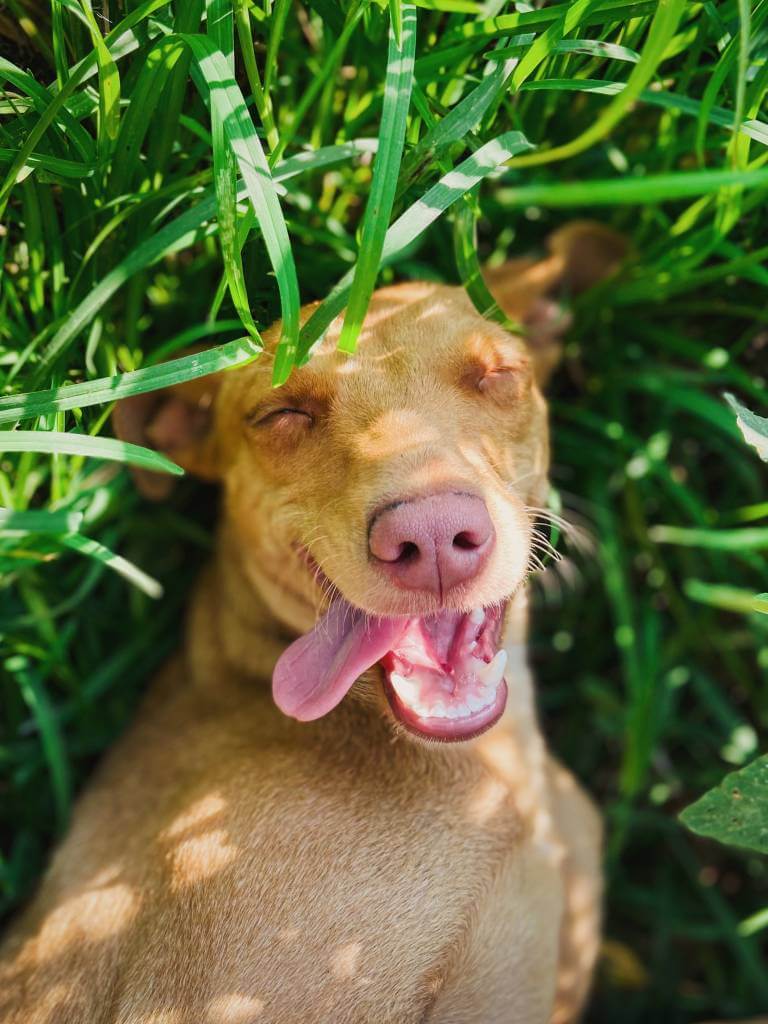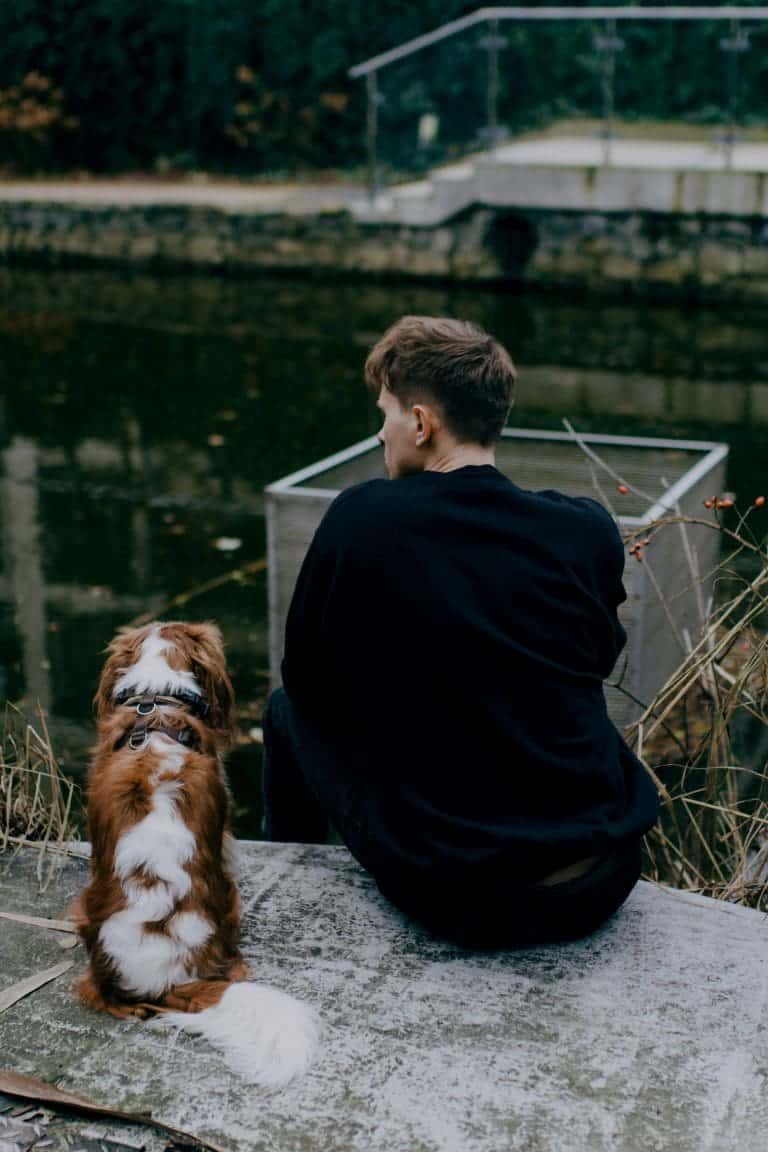Why Do Dogs Walk In Circles Before They Die?
Post Date:
December 10, 2024
(Date Last Modified: December 10, 2024)
As pet owners, our bonds with dogs run deep. They are not just pets; they are family members, companions, and sources of joy. A behavior that can be particularly distressing is when a dog begins to walk in circles as they near the end of their life. This phenomenon raises questions and evokes strong emotions.
The Instinctual Nature of Circling
Walking in circles can be an instinctual action in dogs, especially when they sense their time is drawing near. Though witnessing this can be heart-wrenching, understanding the reasons behind it can help owners navigate this challenging phase with empathy.
Physical Discomfort and Pain
One prevalent reason for circular walking is physical discomfort or pain. As dogs age, they may suffer from arthritis, tumors, or other health issues that cause pain. In their discomfort, they may seek a familiar spot to rest, which can lead to circling behavior. This action is sometimes mistaken for confusion, but it often reflects their physical state.
Neurological Factors
Neurological issues can also contribute to this behavior. Conditions like cognitive dysfunction syndrome (CDS), akin to dementia in humans, can cause disorientation and confusion. As cognitive functions decline, dogs may lose their sense of direction, leading them to walk in circles. This behavior highlights the mental struggles many senior dogs face.
Ancestral Instincts
Circling can also be an instinctual behavior inherited from their ancestors. In the wild, dogs often circled before lying down to create a comfortable resting spot. This instinct can manifest in domesticated dogs, especially as they approach their final moments, as they may feel the need to prepare their space for rest.
Emotional Support During Transition
Observing this behavior can be emotionally challenging for dog owners. It often signifies the realization that our beloved pets are nearing the end of their lives. Providing a calm and supportive environment is crucial. If your dog is walking in circles, it signals the need to assess their overall health and comfort. Offering gentle reassurance and maintaining a peaceful atmosphere can ease their anxiety.
Comprehensive End-of-Life Care
It’s vital to prioritize your dog’s comfort during this time. Pain management, hydration, and a quiet space are essential components of their care. If circling behavior is noted, consulting a veterinarian can provide valuable insights into managing symptoms and ensuring a quality of life.
Recognizing Additional Signs
Beyond circular walking, other signs may indicate your dog is nearing the end. Changes in appetite, decreased energy, and altered sleeping patterns can all signal discomfort. Each dog expresses distress differently, so attentiveness to these signs is crucial in adjusting care routines.
Cherishing the Bond
The journey of losing a dog is profound, filled with both sadness and reflection. Dogs teach us about loyalty, love, and companionship. As they near the end of their lives, it becomes an opportunity to honor their presence and the joy they have brought us. Many pet owners create a peaceful environment for their dogs in their final days, spending quality time or offering favorite treats.
Seeking Support
Navigating this emotional journey can feel isolating. Seeking support from friends, family, or pet loss groups can lighten the burden. Knowing that others have shared similar experiences can provide solace during this difficult time.
Embracing the Journey
The question of why dogs walk in circles before they die leads to deeper reflections on the bond we share with our pets. Understanding this behavior allows us to approach our dogs’ final moments with empathy and respect. Recognizing their physical and emotional needs is essential. Taking the time to provide comfort and create a peaceful environment can ease their journey and foster appreciation for the love and connection shared throughout their lives.






